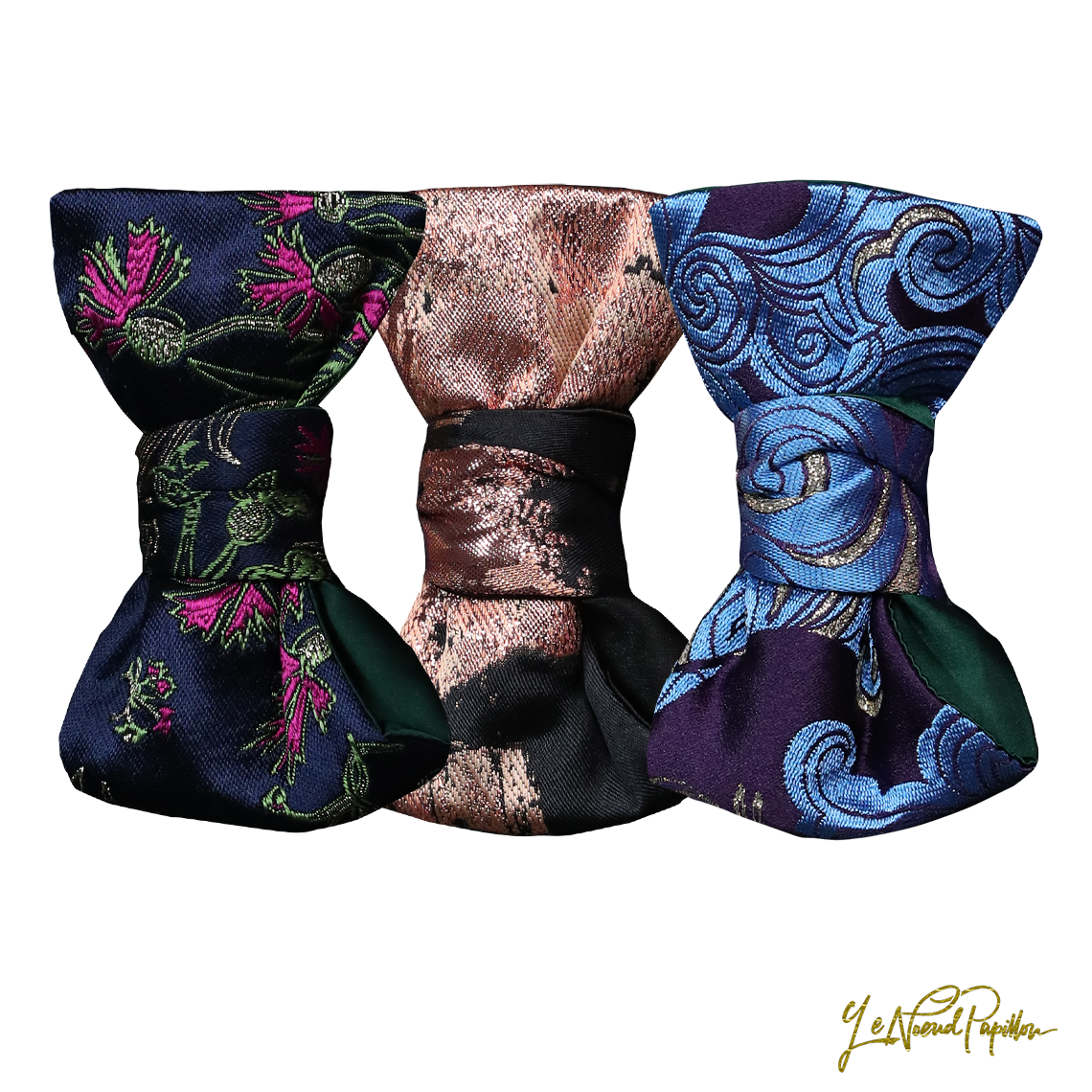The most commonly known wool comes from Merino sheep, of which the vast majority is grown on sheep farms across this wonderful country we call Australia. Other Merino sheep wool is produced in Argentina, South Africa, China and New Zealand.... but we don't need to mention that....
Australian Merino wool is known for it's whiteness and softness and over the past fifteen to twenty years there have been substantial wool production advancements in both breeding and production and finishing techniques; so much so that wool which was previously thought impossible to produce is now commonplace. Whereas in the 1960's wool may have weighed 400-600 grams on average, today most working bunches (cloth merchant books containing wool samples) are between 190 grams to 360 grams. There is a global trend towards lighter and finer wool (although there is nothing wrong with well-finished heavier wool which is usually more durable and hard-working for everyday suiting).
Another advancement along the way has been a decrease in the diameter of wool hairs in Australian Merino sheep. In decades gone by you would hear the reference to nothing under 24 micron wool. Today, many wool merchants trade in nothing less than 18.5 - 19 micron wool, with high end bunches going to as low as 13 micron wool. To note, the measurement does not mean that every fibre is exactly this micron. It is tested a laboratory to work out the average micron fibre within a batch. The standards therefore mean that in a Super 100 - all wool is an average of 18.5 microns or less. If you are buying wool, you could never check this. That is why you rely on a reputable brand of wool that isn't 'pulling the wool over your eyes' so to speak - brands that have their wools tested and certified.
One of the observed requirements of extracting finer wool is that the animals are exposed to harsh climate conditions. For this reason, some of the most sought after light wool (13-15 microns - Super 180 - Super 220) is found where animals roam in small herds in places as remote as the Arctic circle where animals such as Muskoxen produce a very fine wool called qiviut. Extracting such a wool has extremely high labour and processing costs which is why so many of the rarer wools are so expensive to produce and the reason why Australian Merino sheep have been so successful in comparison. Australia offers a naturally harsh environment coupled with excellent farming capabilities.
Apart from the diameter (micron) of the wool, wool manufacturers also consider the length of the hairs, the crimp in each hair, the tensile strength of each hair and the number of times a sheep is shorn. Of the Merino flock which we are referring to there are four main breeds: Peppin, Saxon, Spanish and South Australian Merino. When we refer to wool that is of a low micron value (higher $$$ value) we are generally referring to Spanish and Saxon Merino.
When you buy a very fine wool, you are most likely buying a wool which comes from Saxon sheep farmed in the wet parts of New England, New South Wales or else the cold and wet parts of Tasmania. Of each fleece that is shorn off a sheep, only 50 per cent can be used for wool production and of that remaining fleece you will extract about two suits worth of wool.
 |
| A Merino Sheep |
 |
| Opening Up The Fleece - Here you can see the fineness of the wool and the natural 'crimping' of the fibres. |

No comments:
Post a Comment